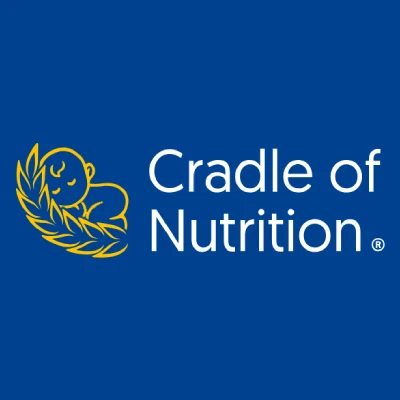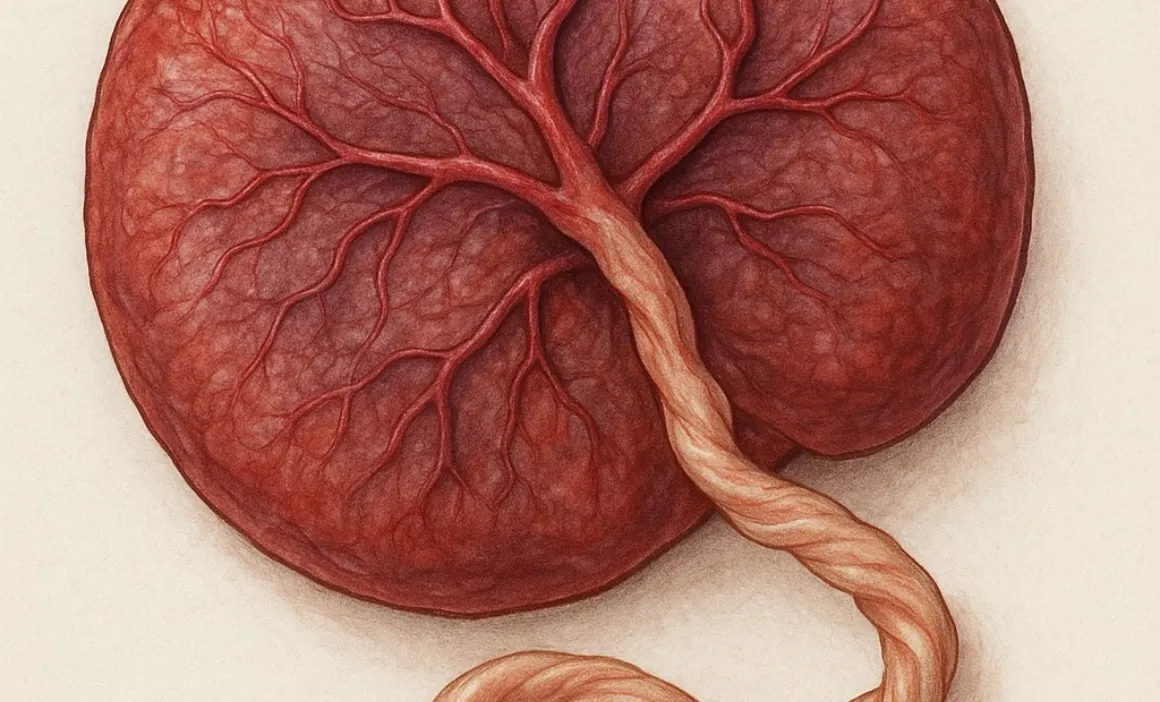
Labor Stages 101: Pain Relief Options, Biological Processes, and What You Need to Know

Cradle of Nutrition
- 4 minutes read
Childbirth is a profound and life-changing event that can feel extremely intense, especially for first-time mothers. Knowing what to expect during labor, understanding its stages, exploring pain relief options, and being aware of factors that could influence your experience can help make the journey a little smoother.
Here’s everything you need to know to navigate the process with confidence.
Understanding the Stages of Labor
Labor is divided into several stages, each with its own set of characteristics. From the early signs of labor to delivering your baby, here’s an overview of what happens during each phase:
1. Early Labor (Latent Phase)
What Happens:
The first stage of labor begins when the cervix starts to dilate. Contractions become more frequent, but they may feel like mild cramps or lower back pain. During this phase, you’ll start preparing for active labor, but it’s still early on.
Timeframe:
For first-time mothers, this stage can last anywhere from several hours to several days. For women who have given birth before, it can be quicker.
Pain Relief:
In early labor, many women find comfort through natural methods, such as:
- Breathing exercises
- Walking
- Warm baths
- Relaxation techniques
2. Active Labor
What Happens:
Active labor begins when contractions become significantly stronger, occurring about three times every 10 minutes, each lasting around one minute. This happens regardless of whether the amniotic fluid has broken. However, if the amniotic fluid has leaked, it can speed up the process. At this stage, it is recommended that most women head to the hospital or birthing center.
Timeframe:
Active labor typically lasts between 4 to 8 hours, though it can vary. First-time mothers may experience a longer active labor phase, sometimes lasting up to 12 hours.
Pain Relief Options:
Pain relief is a priority during this stage. Here are some options:
- Epidural Anesthesia: A common form of pain relief, where a local anesthetic is injected outside the dura, blocking pain-transmitting nerves.
- Intramuscular Pain Relief: The medication is injected into the muscle to help manage pain while allowing the mother to stay awake and alert.
- Nitrous Oxide: This option is popular in many countries for relieving anxiety while keeping the mother awake and able to concentrate.
Note: Pain relief options can differ from hospital to hospital or country to country. Always discuss your preferences with your healthcare provider to ensure your birth plan aligns with what’s available in your area.
3. The Pushing Stage (Delivery of the Baby)
What Happens:
Once the cervix is fully dilated (10 cm), the pushing stage begins. Each contraction will intensify the urge to push as the baby moves down the birth canal, bringing you closer to delivery.
Timeframe:
For first-time mothers, this stage can take anywhere from 30 minutes to a few hours. For women who have had previous births, it may be quicker.
Pain Relief:
If you’ve chosen an epidural, you may still feel pressure but less pain. If you’re delivering naturally, pain relief methods can include:
- Breathing techniques
- Labor-supportive positions
- Water births
- Local anesthesia may also be used if an episiotomy (a small cut to assist delivery) is necessary.
4. The Delivery of the Placenta (Postpartum Stage)
What Happens:
After your baby is born, the placenta is delivered. This stage typically lasts anywhere from 5 to 30 minutes. The uterus contracts to expel the placenta, and your healthcare provider will check to ensure it has been fully removed.
Pain Relief:
For most women, there’s minimal pain during this stage, although some may experience mild cramping or discomfort. Additional pain relief is rarely needed unless complications arise, such as retained placenta.
Factors That Influence the Childbirth Experience
Every childbirth experience is unique. Several factors can influence the duration and nature of your labor and delivery:
- Previous Births: Women who have given birth before may experience faster labor. The cervix may dilate more easily, and the pushing phase may be quicker.
- Baby’s Position: The baby’s position in the womb significantly impacts labor. A head-down position is ideal for a vaginal birth, while breech or transverse positions may require a cesarean section.
- Maternal Health: Conditions like high blood pressure, preeclampsia, or diabetes can affect labor progression. Discussing any pre-existing health conditions with your doctor is essential.
- Pain Tolerance: Every woman has a different pain tolerance, and some may choose to manage labor without medication. Communicate your preferences with your medical team.
- Emotional and Physical Support: Having supportive individuals, such as a partner, doula, or family member, can significantly enhance the emotional experience of labor.
Vaginal Birth vs. Cesarean Section: What You Need to Know
While vaginal births are the most common, cesarean sections (C-sections) are sometimes necessary due to complications. Reasons for a C-section may include:
- Fetal distress or abnormal heart rate
- Breech presentation
- Prolonged labor or failure to progress
- Maternal health conditions (e.g., preeclampsia)
- Placenta previa (when the placenta partially or completely covers the cervix) or placental abruption (when the placenta separates from the uterine wall)
Although C-sections are generally safe, they require more recovery time compared to vaginal births. It’s important to discuss your birth plan and potential risks with your healthcare provider.
Empowering Yourself for the Birth Experience
Understanding the stages of labor and your available options will help you feel more in control during childbirth. Whether you’re planning a natural birth or considering pain relief options, your healthcare team is there to support you and help you make the best decisions for both you and your baby.
By Erika Barabás
References:
- Cohen, S. M., & Wolf, R. (2003). Pain relief in labor: The effectiveness of different methods. Journal of Pain Management, 6(2), 87-94.
- Gupta, M., Singh, H., & Patel, A. (2017). Factors influencing the rates of cesarean section in modern obstetrics. Journal of Obstetrics and Gynecology, 40(4), 249-255.






